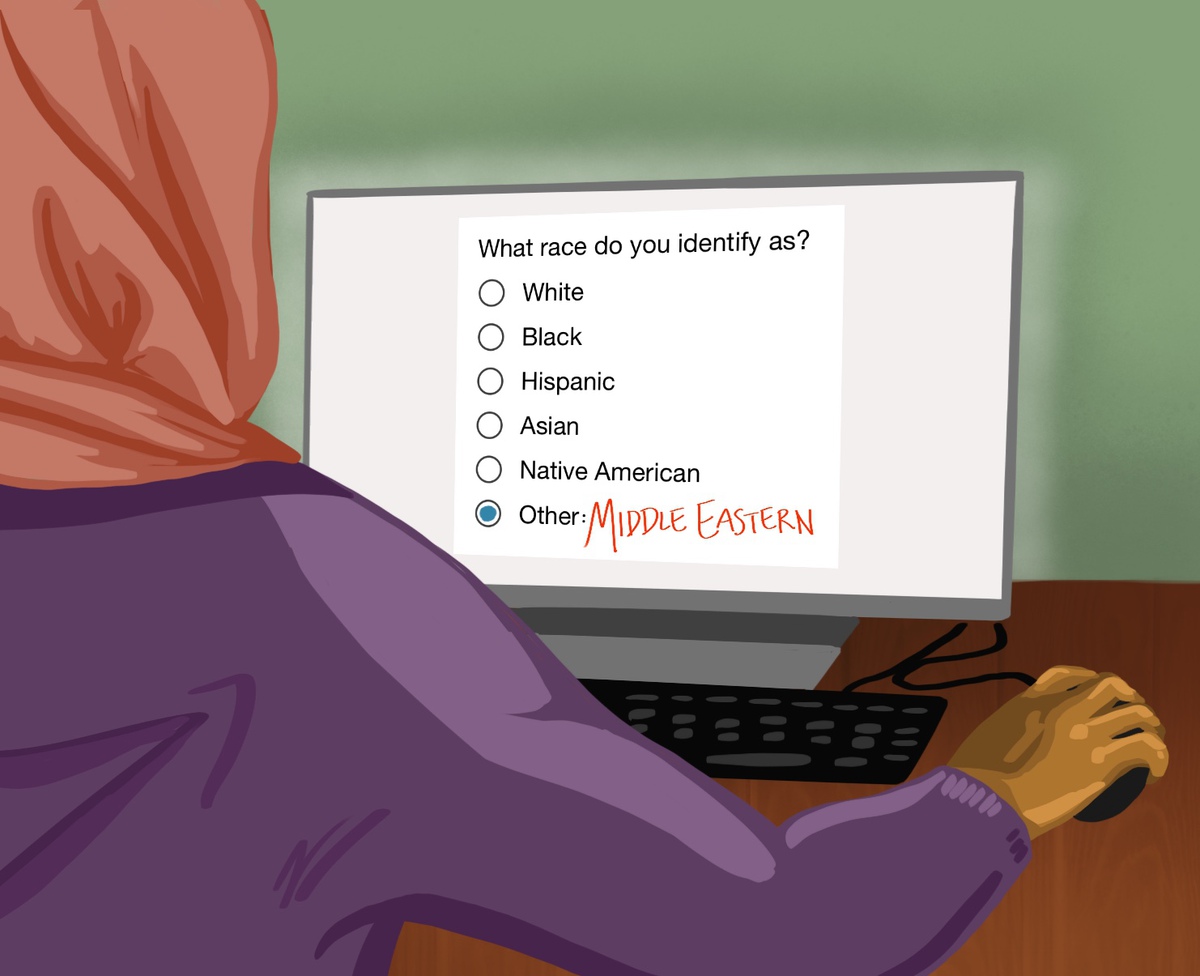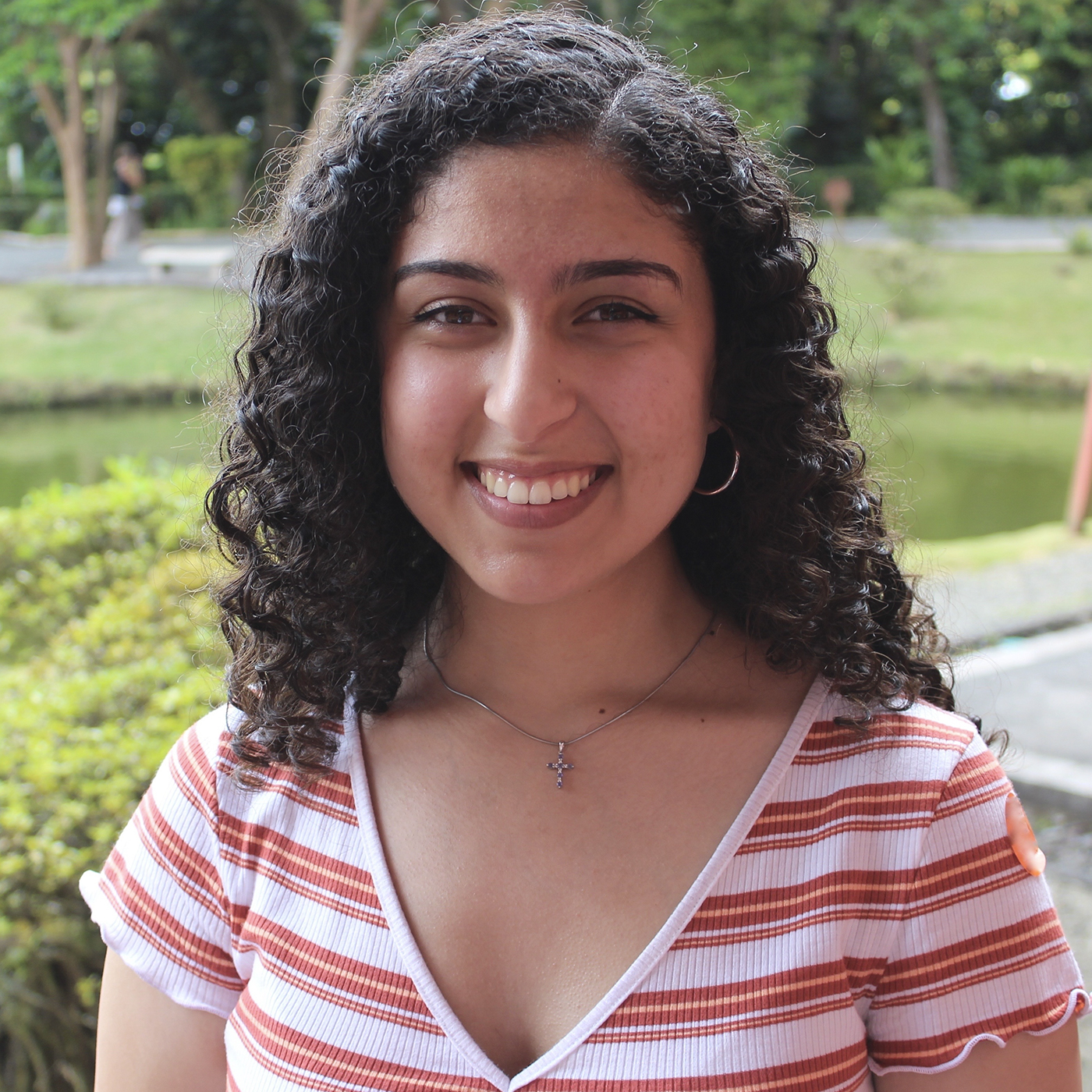Middle Eastern and North African students deserve increased visibility, resources

(Cat Nordstrom/Daily Bruin)

By Angela Hana
March 11, 2020 10:35 p.m.
UCLA prides itself on having a student population with diverse backgrounds and identities.
But for students of Middle Eastern and North African descent, those lines dictating diversity are blurred.
UCLA’s Middle Eastern Student Association and Lebanese Student Association held an event March 4 to discuss the representation of Middle Eastern and North African identities on the 2020 census. The United States Census Bureau defines white people as individuals who have origins in Europe, the Middle East or North Africa, but lacks a separate ethnic category for those who are Middle Eastern or North African, or MENA.
The absence of a racial or ethnic category that represents people of MENA descent symbolizes their invisibility and marginalization in the U.S.
Unfortunately, even this forward-thinking university contributes to that erasure.
According to the Arab American Institute, there could be upward of 3.5 million Arab Americans in the U.S. However, this population is entirely absent from the data shared by UCLA.
Efforts to make MENA students feel more included and represented must begin with undergraduate admissions. Specifically, the undergraduate profile on the UCLA Undergraduate Admissions page should include a Middle Eastern/North African or Southwest Asian/North African category. UCLA has a responsibility to these students, and it must push for transparency and newly defined racial categories as a first step in channeling institutional and community resources toward these groups.
The census is critical for political representation, the allocation of university funds and resources to communities and the assessment of racial health disparities. MENA communities are referred to as “hard-to-count” by the census, leaving them more vulnerable to unequal political representation and access to public and private resources for underrepresented communities.
Like Hispanic individuals, Middle Eastern and North African individuals come from racially diverse backgrounds and classifying the entire group as white neutralizes their identities – while leaving the door wide open for daily microaggressions.
Jasmine Hanna, a fourth-year sociology student and president of the Middle Eastern Student Association, said she feels like she doesn’t know if there’s a specific statistic on how many MENA students there are because they are not all unified under a certain body.
“Providing the option for North African/Southwest Asian representation on forms and documents is one step to see what kind of resources we need and the allocation of resources and funding to our communities,” Hanna said.
In the time after 9/11, MENA groups have increasingly faced housing and employment discrimination, stereotyping and racial profiling. These sociopolitical stressors make MENA individuals more vulnerable to mental health problems, especially anxiety and depression.
And without numbers to guide any funding, mental health services for MENA groups are dismal.
Michelle Kidess, a second-year international development studies student, said every MENA person looks different, and one can’t assume they know where someone is from.
“Whenever I look at applications, I can never find myself, in jobs or anything that I’m in,” Kidess said. “It’s always that people are kind of playing the guessing game.”
Because individuals of MENA descent continually experience invisibility, it is time for UCLA to make MENA students feel welcome and seen. And the first step to acknowledging their existence is to bring their data to the forefront. The University of California system has a comprehensive breakdown of fall enrollment by race/ethnicity. While this data is available for anyone to view, it is difficult to find.
While the UC system does include a Southwest Asian and North African broad category in its disaggregated race/ethnicity demographic page, UCLA chooses not to use it. The student enrollment demographics published on the UCLA Equity, Diversity and Inclusion website utilize the Integrated Postsecondary Education Data System from the U.S. Department of Education to survey race in enrollment.
But when there are no boxes MENA students can fit into, the doors close for funding and administrative support.
Student groups on campus can request funding through EDI Funding Requests. But without the data, MENA students are not recognized as a diverse group and may not fit into the values of the EDI funding initiative, making them unable to fairly receive funding.
Better access to those figures is only a first step in supporting MENA students at UCLA. A freshman and transfer yield event, also known as an admit weekend, should be created for Middle Eastern and North African students. Those programs are aimed to create a unified community between admits and current students and to connect admits to campus resources.
UCLA should also gear efforts toward making accessible and available prayer spaces, making dietary accommodations, providing mental health resources specifically catered toward MENA students and more.
“In terms of support, I don’t think there’s anything that specifically targets North African and Middle Eastern students,” said Kareem Ahmed, a fourth-year neuroscience student and member of the Muslim Student Association. “I think it’s difficult to find (a) community.”
Ultimately, UCLA can’t serve MENA students with access to funding and support systems if it doesn’t even know how many are out there.
Of course, some individuals of Middle Eastern or North African descent may argue that identifying as white is the most accurate representation of themselves. But creating a separate MENA category is not intended to force people to identify with a group that doesn’t accurately represent their identities. It is instead intended to provide more options for people to better identify themselves.
Including a separate MENA category for the 2030 census and UCLA’s demographic survey will allow for greater political representation and better allocation of funds and resources, as well as lessen the opportunities for misrepresentation of racial and ethnic backgrounds.
Until then, another decade will pass and millions of students of color will be left unrecognized.

